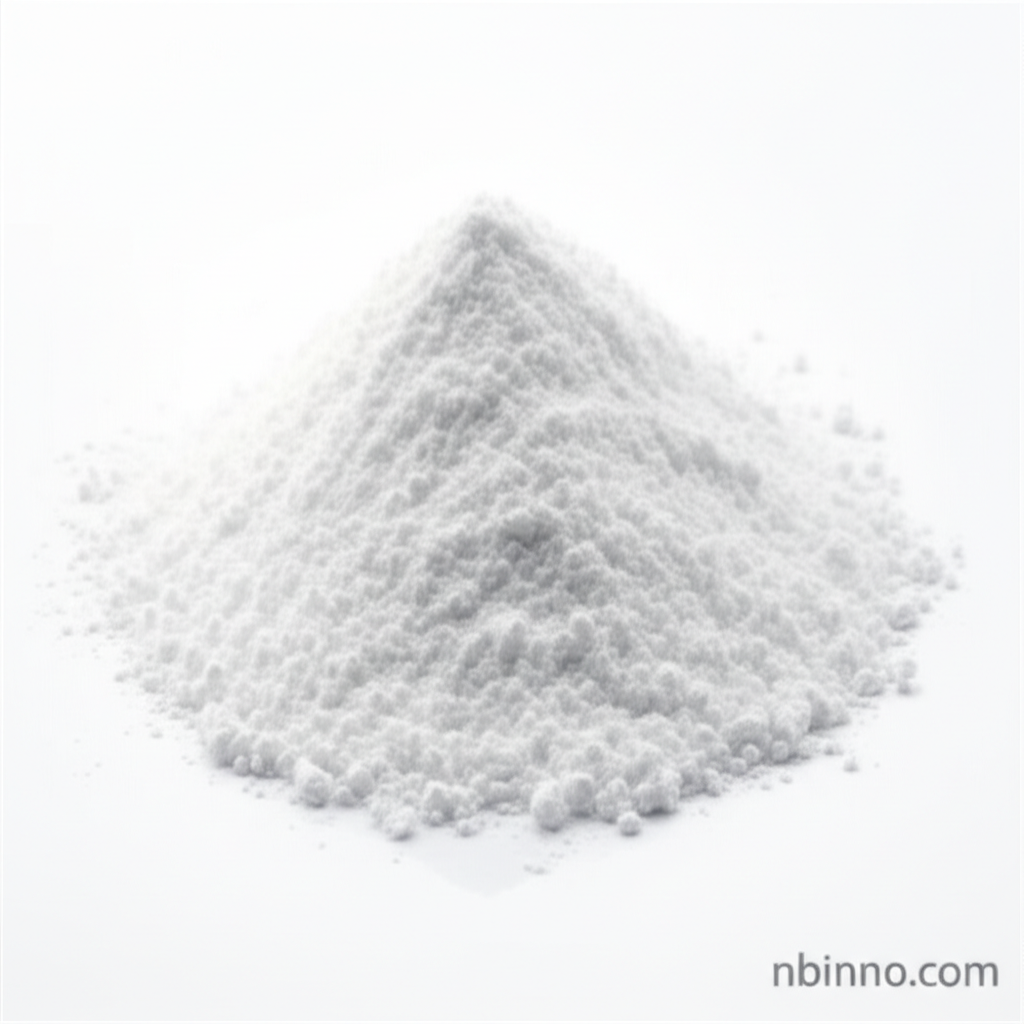Polyacrylamide for Papermaking: Enhancing Efficiency, Quality, and Sustainability
Discover how polyacrylamide revolutionizes papermaking with improved efficiency, superior quality, and eco-friendly practices.
Get a Quote & SampleProduct Core Value

Polyacrylamide
Polyacrylamide (PAM) is a high-performance water-soluble polymer widely utilized across various industries, with a particularly significant impact on the papermaking sector. Its unique properties as a flocculant, retention aid, drainage aid, and dispersant contribute to enhanced paper quality, increased production efficiency, and improved environmental sustainability.
- Discover the benefits of using polyacrylamide in papermaking to improve fiber retention and overall paper quality.
- Explore how polyacrylamide acts as a drainage aid to accelerate the dewatering process and boost paper machine operating speeds.
- Learn about polyacrylamide's role as a dispersant, preventing fiber agglomeration for a more uniform pulp and paper product.
- Understand the crucial contribution of polyacrylamide as a flocculant in treating papermaking wastewater, reducing pollution and costs.
Key Advantages Offered
Reduced Raw Material Loss
Leverage polyacrylamide's efficacy as a retention aid to significantly boost the retention rate of fine fibers and fillers, thereby lowering raw material consumption and directly cutting production costs.
Accelerated Dewatering Process
Employ polyacrylamide as a filter aid to streamline the dewatering process, enabling higher paper machine operating speeds and shortening production cycles for increased output and reduced energy consumption.
Mitigated Wastewater Treatment Burden
Enhance flocculation with polyacrylamide to effectively decrease suspended solids in wastewater, reducing the load on sewage treatment facilities and lowering enterprise environmental protection costs.
Key Applications
Pulp Preparation Enhancement
During pulp preparation, cationic polyacrylamide serves as a retention aid to effectively capture and fix small fibers and fillers through charge neutralization and bridging, thereby reducing fiber loss and the load on sewage treatment.
Paper Machine Wet End Optimization
In the wet end system, anionic or nonionic polyacrylamide functions as a filter aid, improving flocculation between fibers to accelerate water escape from the fiber network structure, significantly shortening dehydration time and reducing drying energy.
Improved Papermaking Stage
As a dispersant, polyacrylamide prevents fiber flocculation, leading to better pulp uniformity and paper surface smoothness, while optimizing physical properties like tensile and tear strength.
Wastewater Treatment Efficacy
Polyacrylamide acts as a powerful flocculant in papermaking wastewater, effectively removing suspended solids and organic matter, thus reducing BOD and COD, improving water quality, and minimizing environmental pollution.
